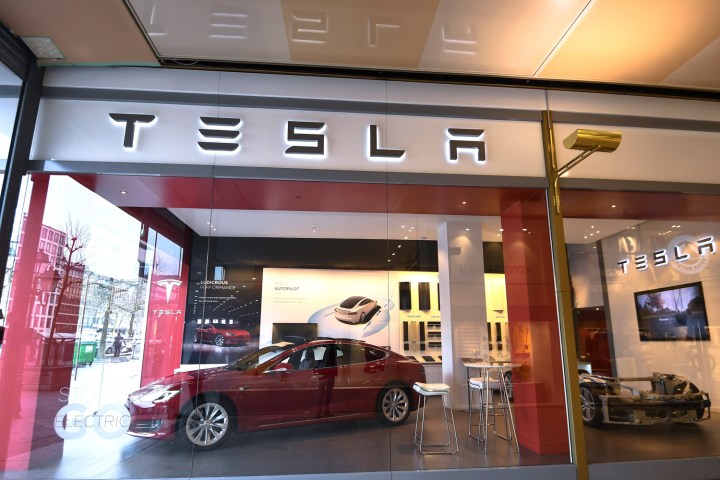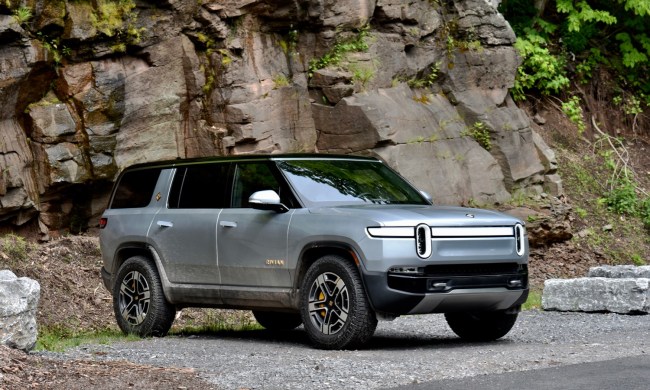
If you drive an electric vehicle or you’ve been talking about getting one, chances are good that you’ve heard people say something like this: “Those EVs aren’t so green. They all run on electricity generated by burning coal!”
That’s true if you happen to be charging up in West Virginia, where 96% of electricity comes from coal-fired plants. Wyoming, Kentucky, and Missouri also get more than 75% of their electricity from coal. Nine more states, mostly clustered in the center of the country, get more than 50% of their electricity by burning coal.

According to the Washington Post, 400 coal-fired electrical generation plants remained active in the United States in 2017, and they’re responsible for about 27% of the nation’s overall electrical power generation in 2018. However, that number is dropping fast. Coal provided 52.8% of all U.S. electricity in 1997, and that came down to 39% by 2014 and it continues to drop. As a source of electricity, coal is fading fast.
What’s taking coal’s place?
The nation’s thirst for electricity hasn’t abated, and EV charging is only a small part of the demand. But in the past several years, natural gas electrical plants have surged ahead of both coal and nuclear power. Natural gas is cheap and abundant in America, though still problematic as a fossil fuel and source of greenhouse emissions. Natural gas is the primary source of electrical power generation in 19 different states, with concentrations in California, the gulf coast, and from Virginia up the eastern seaboard to Massachusetts. All told, the nation’s roughly 1,800 natural gas electrical plants generated 34% of electricity in 2017.

Oil also remains an important electricity generating fuel in the Northeast, with more than 1,000 plants scattered around the country. Hawaii is the top user of oil, with more than 60% of its power coming from oil-fired plants.
Nuclear power has the benefit of generating no climate-changing emissions, but it comes with a well-known set of unique challenges. The United States has about 60 active nuclear power plants, and they’re clustered primarily east of the Mississippi river in Illinois, the Carolinas, and in the mid-Atlantic states. Together, nuclear power plants provide about 20% of our electricity.
If you’re on the west coast, your EV is in no way powered by coal.
Greener solutions such as hydroelectric are clustered in the Pacific Northwest, where Hydro provides more than half the power to Washington, Oregon, and Idaho. Vermont also generates more than half its power from water motion. There are about 1400 hydroelectric plants of varying sizes around the country generating about 7% of total usage.
Wind power is growing quickly, up to about 1,000 separate installations providing about 7% of the nation’s electricity. Big growth areas for wind power are found in a band stretching from Texas north to Iowa and Minnesota. Iowa, South Dakota, Kansas, and Oklahoma are producing more the 25% of their power from wind.

Solar power is also growing fast, predictably in the west. California is leading the way, but overall production is still small, at 10% of total generation in the state, and 6% in Nevada. Vermont is also a solar leader, with 4%. Yet overall, while solar power accounted for about 2% of power generated in the United States in 2018, about 39% of new generating capacity was from solar. The solar energy market is growing rapidly.
What does it mean for your EV?
If you’ve been concerned about where the electricity will come from to charge your EV, that’s a responsible train of thought. It does matter how your electricity is made – both for an EV and every time you turn on the lights. But the bottom line is that the fuel that powers your EV and your entire technology infrastructure varies widely depending on where you live.
Many power providers now allow individual customers to select renewable energy sources for at least some of their power needs.
If you’re on the west coast, your EV is in no way powered by coal. If you live in West Virginia, they’ve got a point. Other places are somewhere in between. The stats will surprise no one. California is the biggest consumer of EVs both in raw numbers and by market share. Californians bought 153,442 EVs in 2018, up from 94,873 in 2017. Second-place New York state sold just a tenth of that number, 15,752 cars in 2018 and 10,090 in 2017. Other leading EV states include Washington, Florida, Texas, New Jersey, and Massachusetts.
California’s mix is 49% natural gas, 15% hydroelectric, 10% each for solar and nuclear, 7% wind, and 10% from all other sources. New York is also gas-heavy, with 42% from natural gas, 31% nuclear, 20% hydroelectric, 5% other sources, and 1% from coal. Of the seven leading EV states, only fifth-place Texas gets a significant amount of power from coal at 27%.
If you want to be certain you’re using green energy, you can put your thumb on the scale; at least to some extent. Many power providers now allow individual customers to select renewable energy sources for at least some of their power needs. Remember, this doesn’t mean that the power company will run a separate wire to your house from a wind generator.

Once it’s generated, you can’t tell a solar kilowatt-hour from a coal-fired kilowatt-hour. Your election of renewable energy just tells the power company how much to buy from the green power providers, then it all goes into the mix.
If you want to get more direct, companies like Tesla and others will install solar panels on your home. For the most part, these connect to your local power grid and feed power in during the day, and you use grid power at night. Again, electricity is all the same once it’s generated. But you can also obtain battery storage systems if you want to keep “your” electricity for your own use. The U.S. Dept. of Energy has more information.
The important thing to know is this: It’s not correct to dismiss an EV as a green choice simply because the United States has not ended its use of coal. It’s also not correct to believe your use of energy is without consequences. Do the homework and you can figure out the best way you can improve your personal energy footprint.


